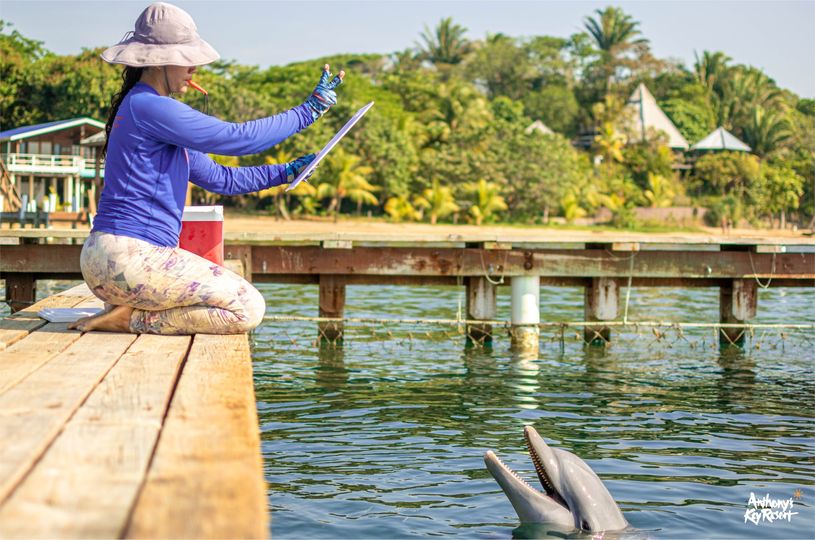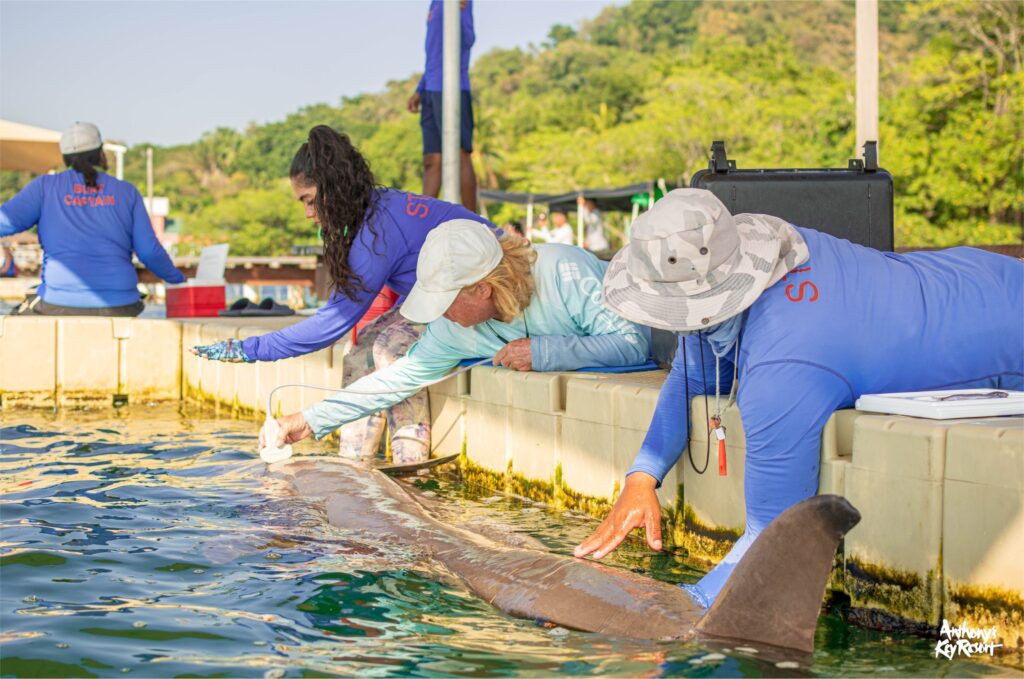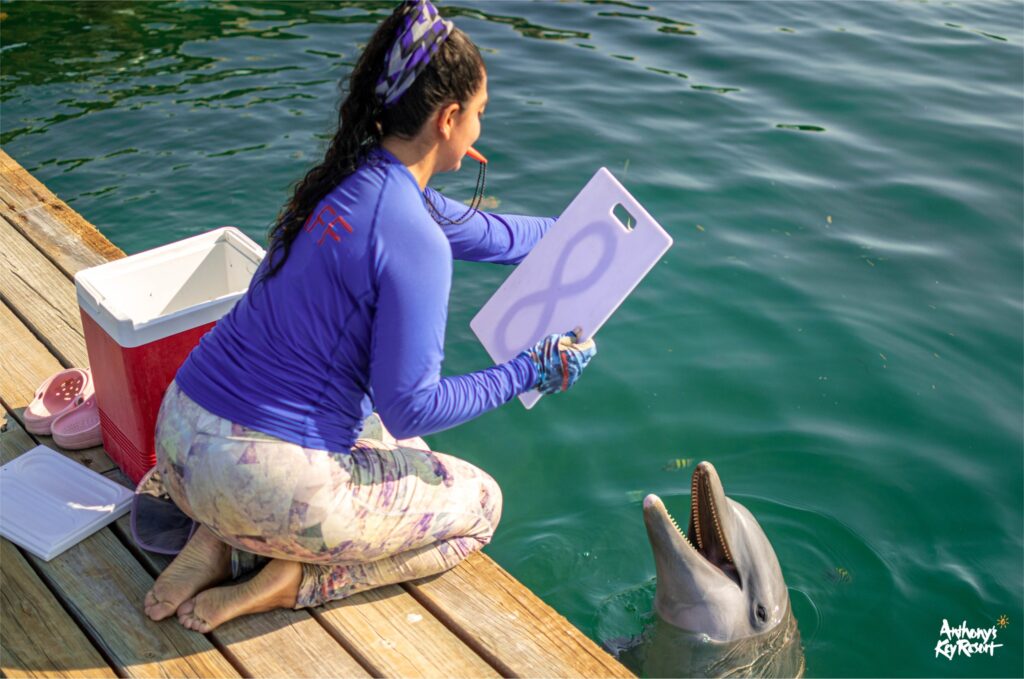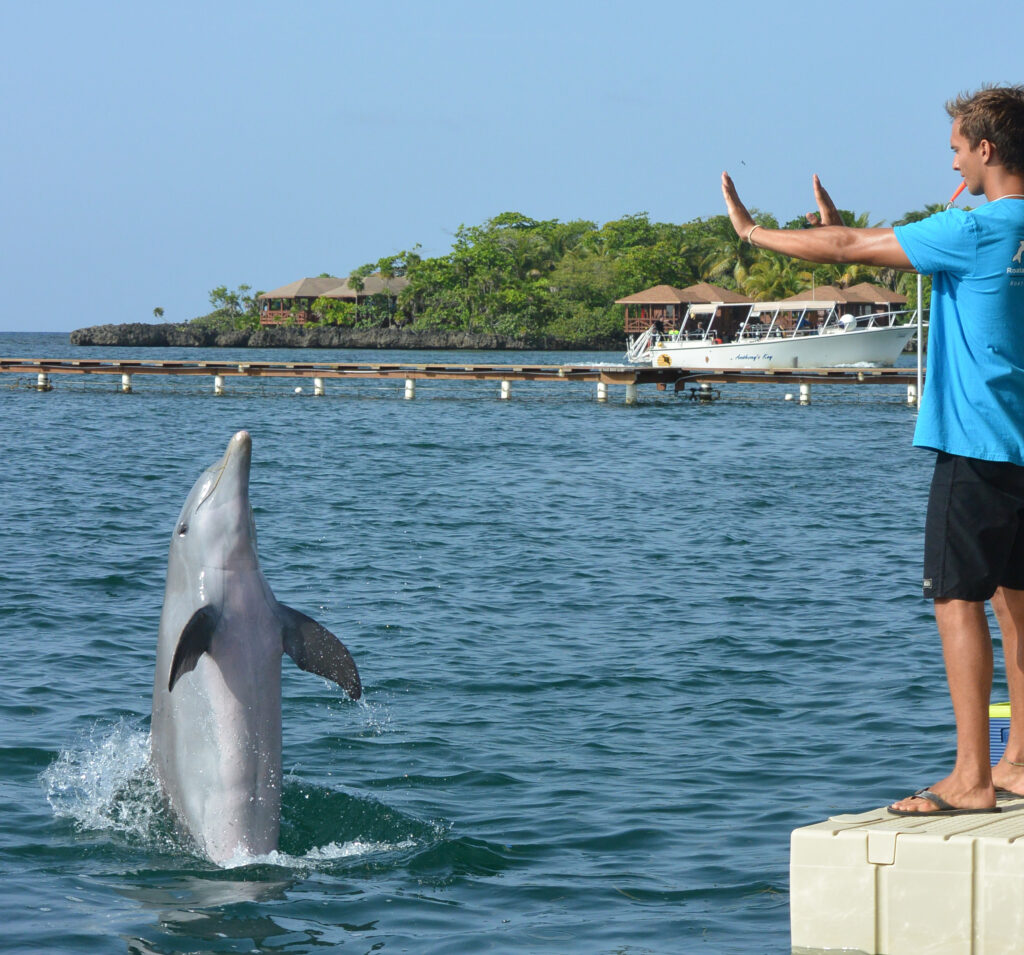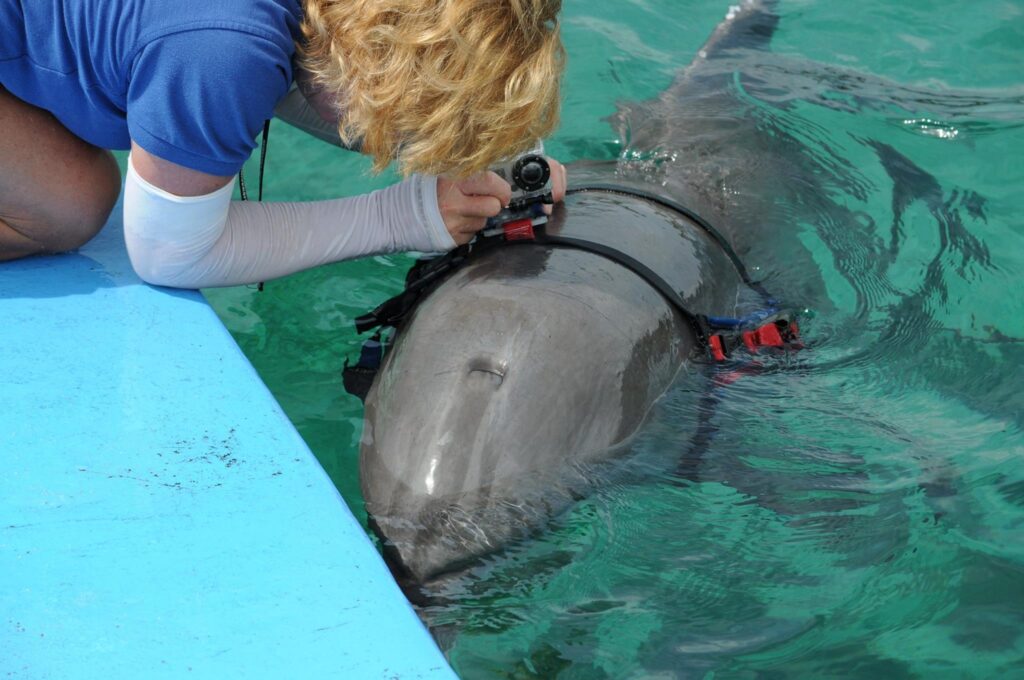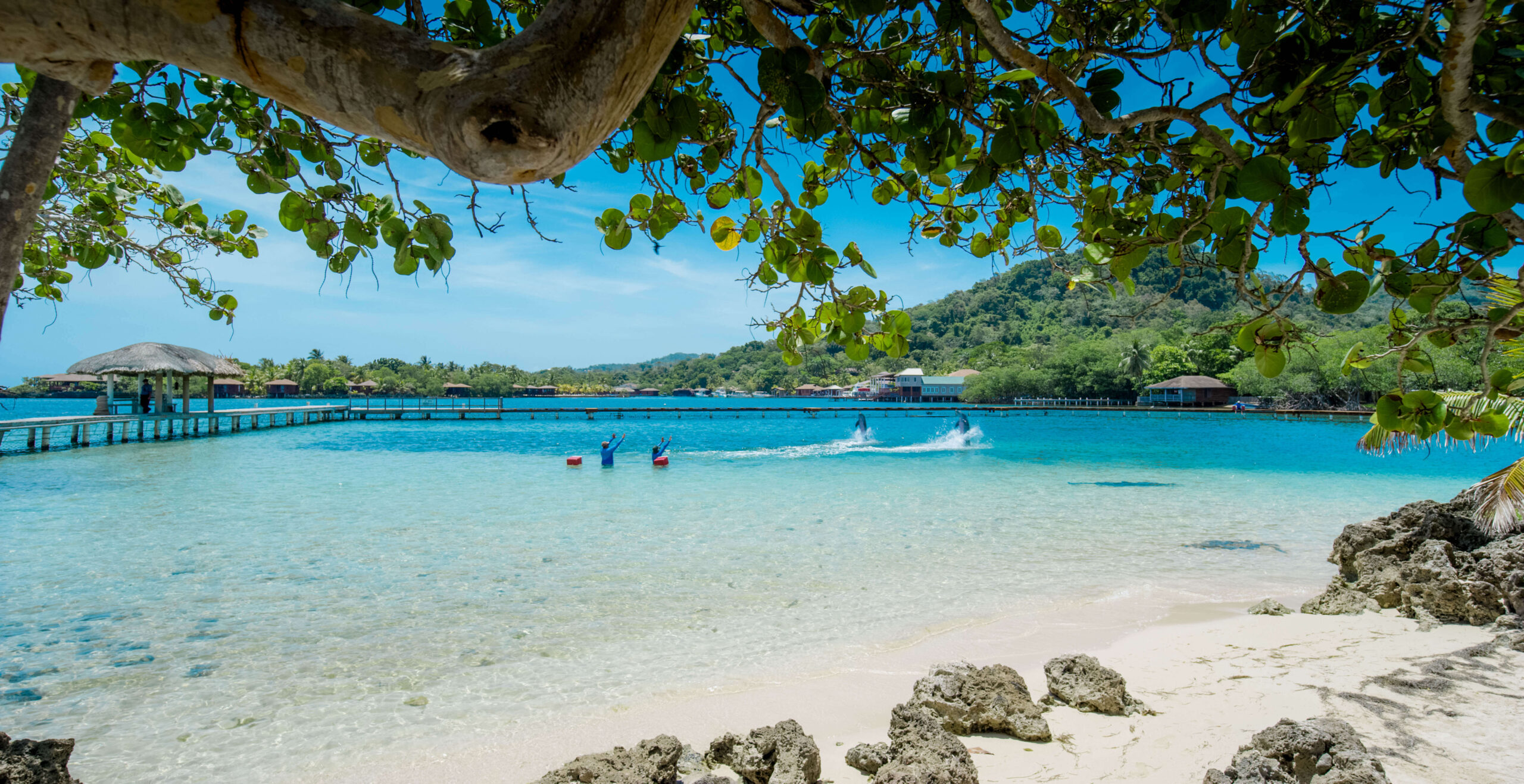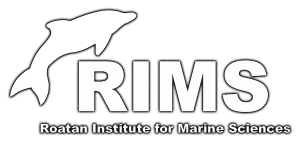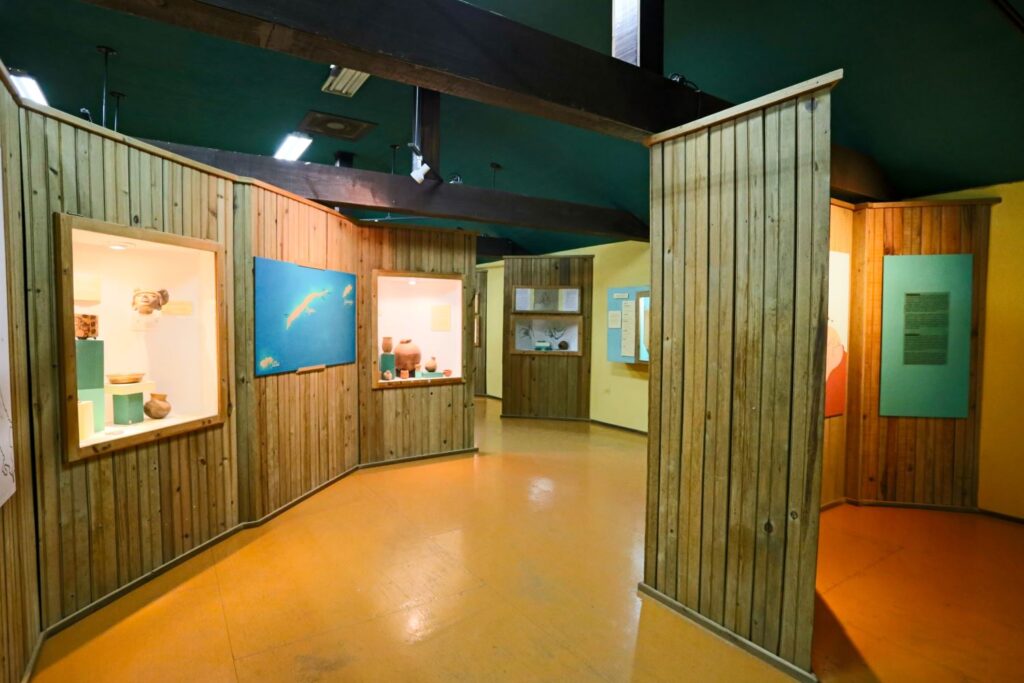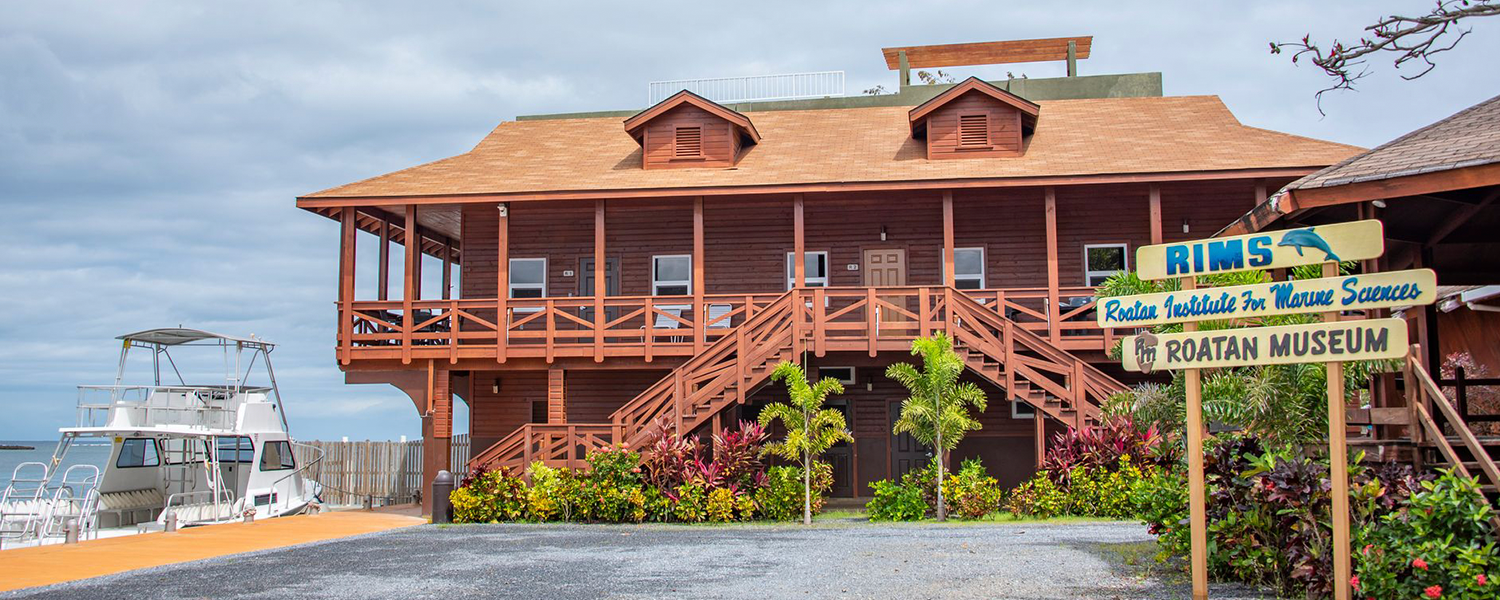
Roatan Institute for Marine Sciences
Caribbean Marine Laboratory & Educational Facility
Established in 1989, the Roatan Institute for Marine Sciences (RIMS)’s primary objective is to preserve Roatan’s natural resources through education and research. Ideally located for a marine study on the northwest coast of Roatan, RIMS is close to over 30 miles of fringing, and barrier reefs, seagrass beds, mangroves, and shorelines are home to an astonishing profusion of life.
Over the past thirty-five years, RIMS has established itself as a dedicated marine laboratory teaching institution, and our facility is visited year-round by colleges, universities, and high schools from abroad to study tropical marine ecosystems and bottlenose dolphins at our facility.
For many students, this may be their first encounter with coral reefs and the underwater world, and Roatan’s coral reefs provide an incomparable realm of beauty, excitement, and endless opportunities for study. A field course at RIMS also allows students to travel abroad, become immersed in a new culture, and experience the simple way of life that has existed for hundreds of years on this small Caribbean island.
Education Center, Marine Laboratories, and Roatan Museum
The Roatan Institute for Marine Sciences’ main complex comprises the Education Center, the dry laboratory, and the Roatan Museum. A second multi-level building consists of three large dormitory-style rooms on the upper level, a wet laboratory, and a dive gear storage room on the lower level.
Education Center
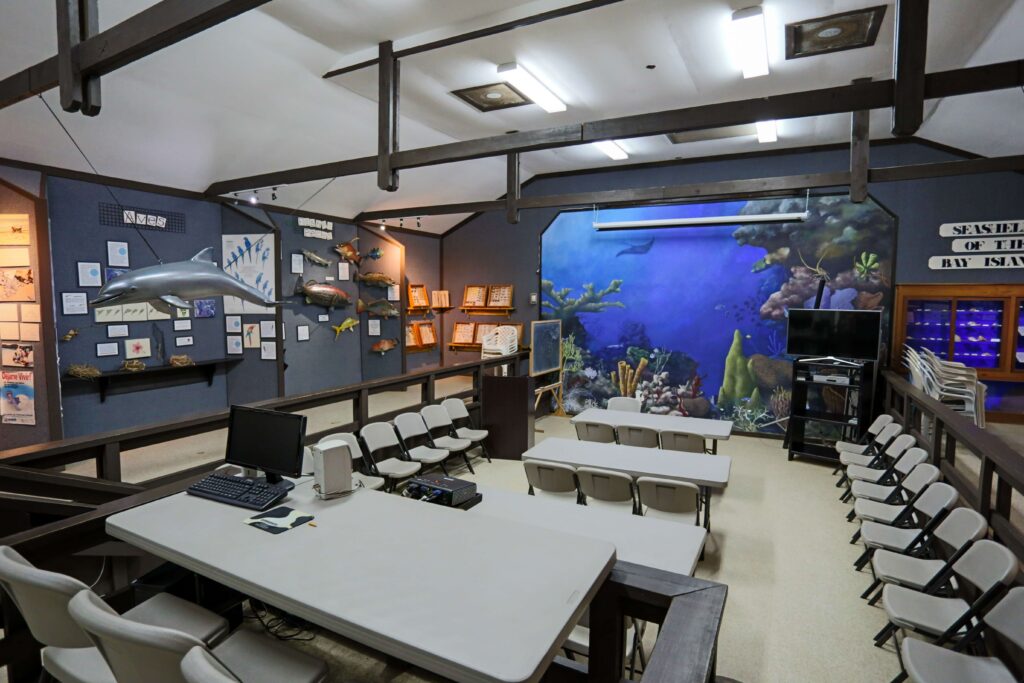
The Education Center is designed as a comfortable and spacious classroom. It also houses exhibits on the coral reef, fish, invertebrates, reptiles, birds, and geology of the Bay Islands. When class is not in session, the center is open to the public and visited by hundreds of tourists annually.
Roatan Museum
Honoring Roatan’s History and Culture
In 1992, Cheryl Galindo, wife of resort owner Julio Galindo, created the Roatan Museum. The museum is housed in the RIMS facility and was created with the guidance and expertise of the Honduran Institute of Anthropology. The museum reflects the Bay Islands’ culture and history through artifacts, murals, maps, and documents.
Have Questions? Please Contact Us!
Roatan Institute for Marine Sciences
Sandy Bay, Roatan
Honduras, C.A.
[email protected]
WhatsApp: +504-9556-0212
Gallery
Coral Reef Research
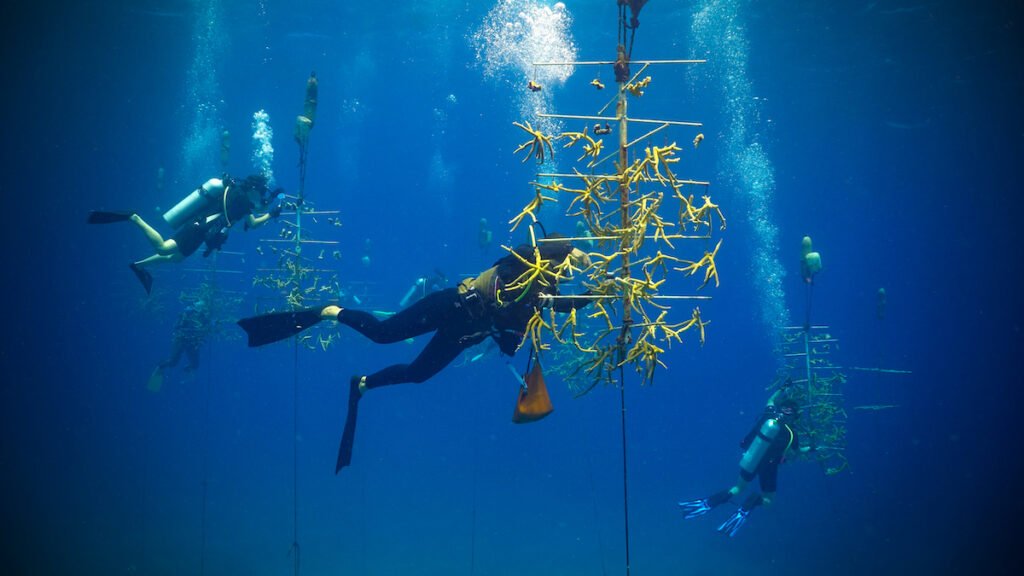
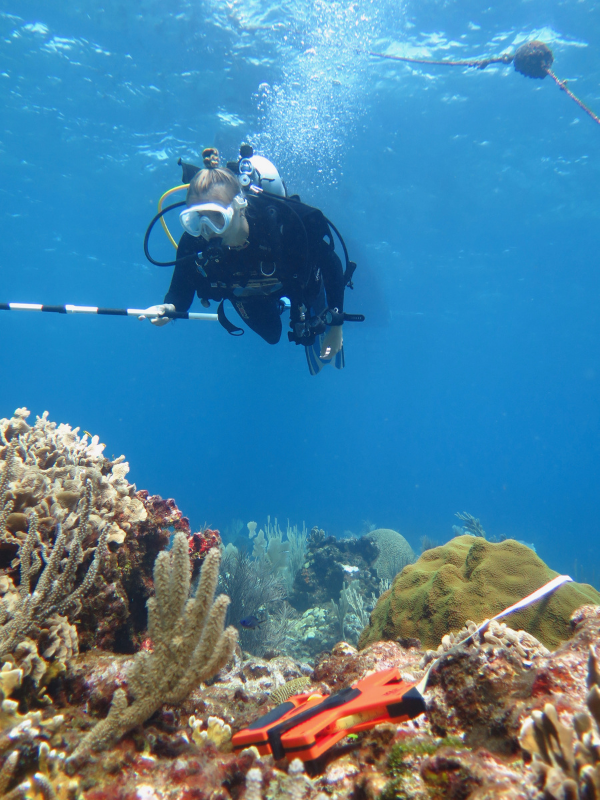
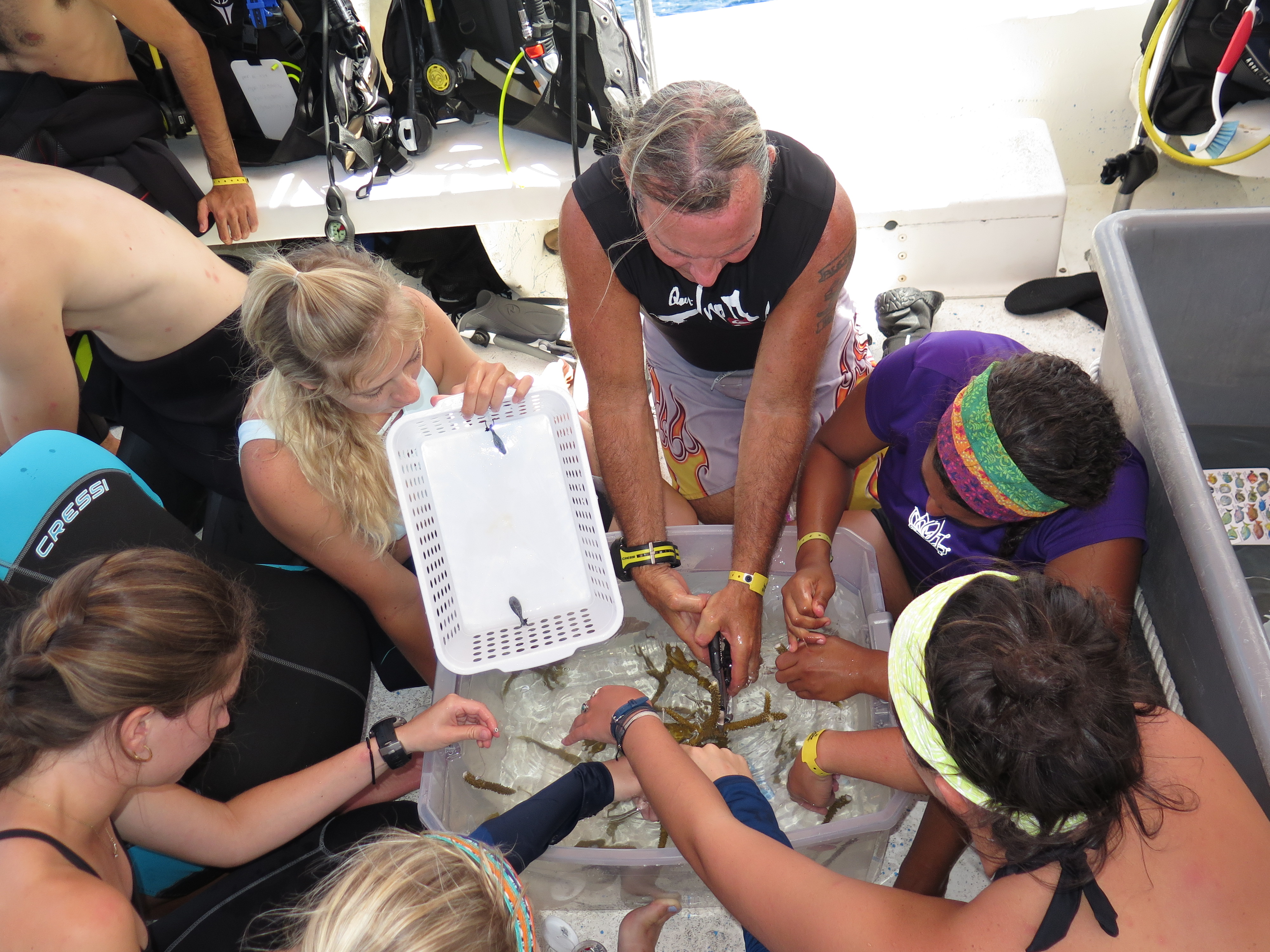
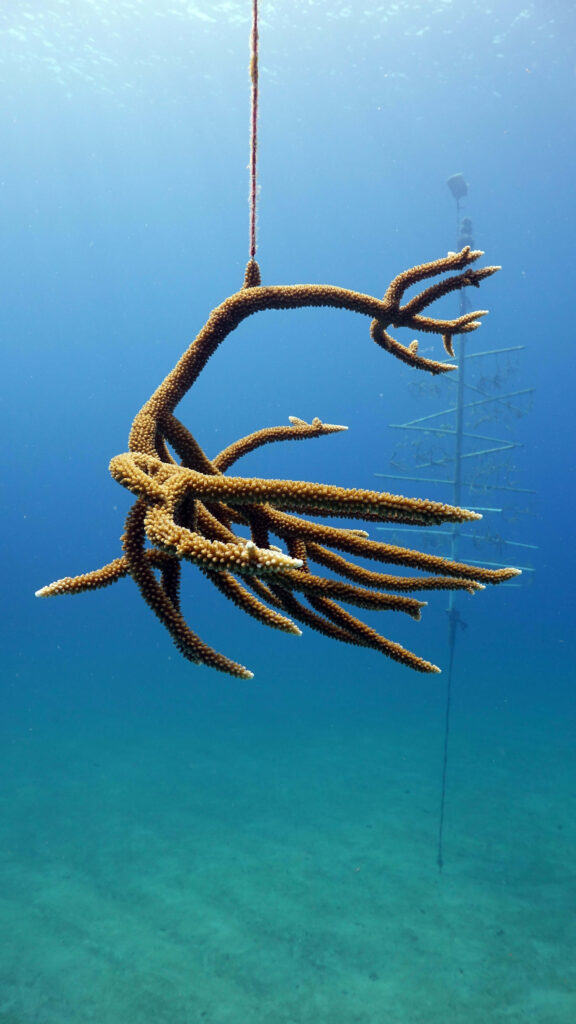
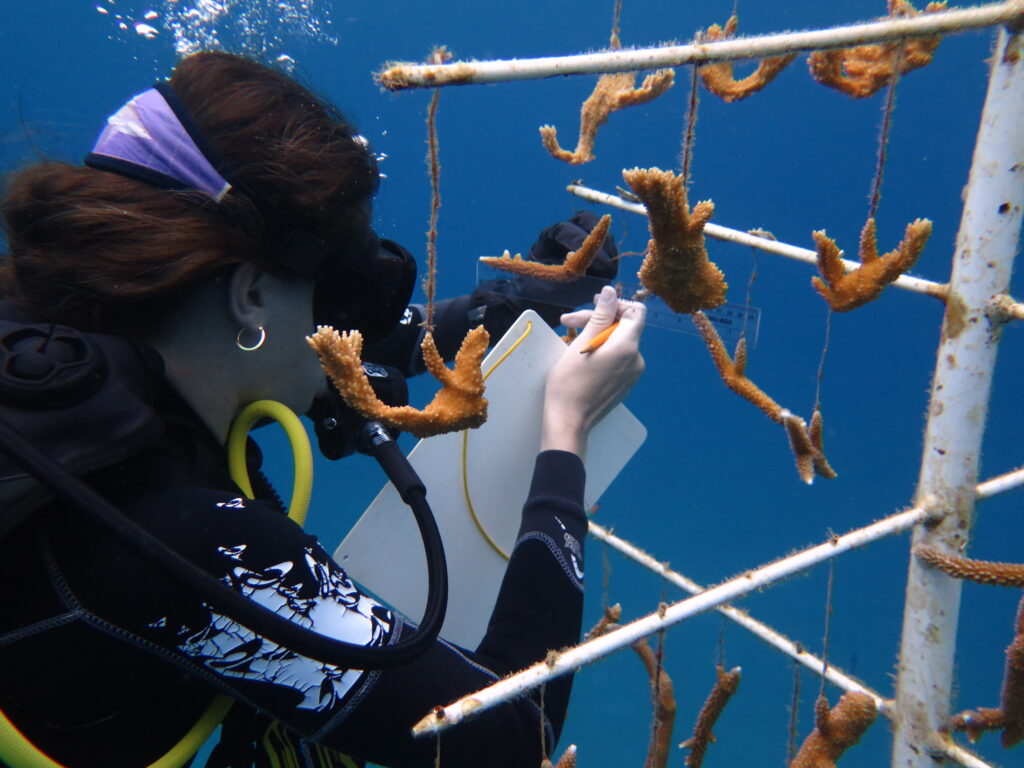
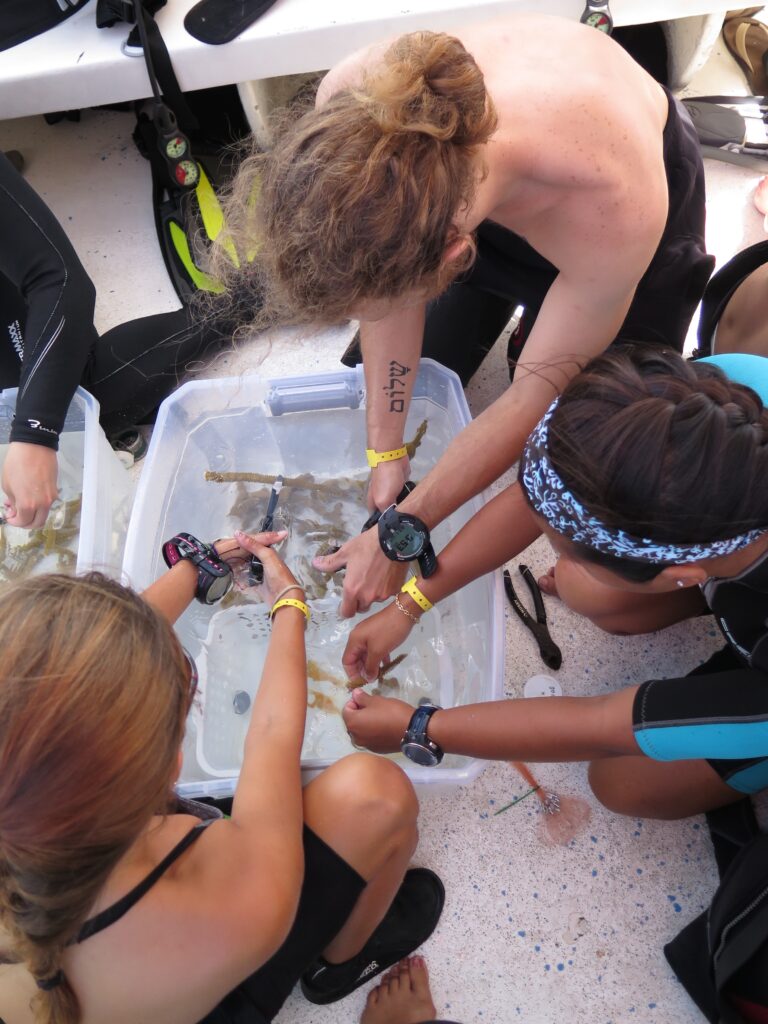
Bottlenose Dolphin Research
